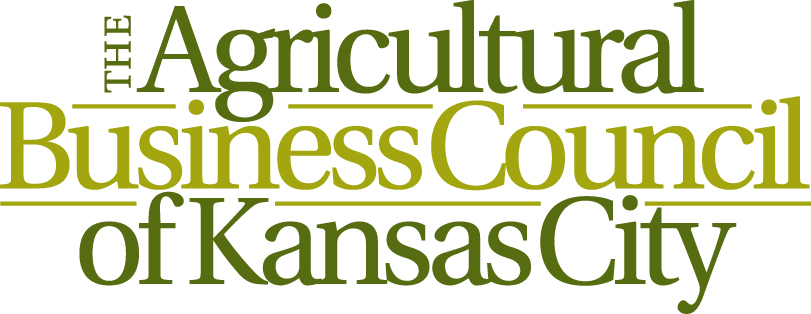Leaders Of Kansas and Missouri Departments of Ag Outline Key Issues
/Left: Missouri Director of Agriculture Chris Chinn; Right: Kansas Secretary of Agriculture Mike Beam
Ranked together, Missouri and Kansas account for about 8% of total U.S. agricultural production according to USA By Numbers, which makes the side-by-side states in the center of the Lower 48 second in overall production behind leader California (11.8%) and tied with Iowa’s (8%). But at the June Kansas City Ag Biz Council meeting and luncheon, both the Secretary and Director, respectively, of the Kansas and Missouri Departments Agriculture, focused not on their state’s accomplishments but on the key issues facing both.
Director Chinn addressed concerns about avian influenza, emphasizing that it’s a misnomer to label it bird flu. She explained that the virus has been detected in dairy cows in nine states, including neighboring Kansas, but Missouri has so far avoided infection in its herds. Chinn said protocols are in place to handle the disease if it were to hit Missouri. Dairy cows that become ill are isolated from the herd, and their milk does not enter the food supply chain, she said. While poultry and livestock workers are most at risk of contracting the virus, there is no cause for consumer concern.
Secretary Beam was upbeat about new pesticide legislation that was being signed into law in Topeka while simultaneously he was addressing Council members. The KDA pesticide and fertilizer program administers and enforces the laws applicable to pesticide use in Kansas, including the licensure, training, and certification of pesticide businesses, dealers, and applicators. HB 2607 made critical updates to the state’s pesticide law which will enable KDA to continue working with Kansas producers to ensure Kansas has a safe, effective system to provide oversight of pesticide use in the state, emphasizing training and education.
Beam said expansion of direct-to-consumer marketing statutes for agricultural products in post-pandemic Kansas should facilitate growth opportunities, especially for those producers who understand effective marketing strategies.
An acute concern for Beam is the Ogallala Aquifer, which is a critical water source for one of the major agricultural regions in the country. Drought and pollution pose serious threats to its sustainability, said Beam. To deal with the situation, Beam explained, “will take a lot of engineers and scientists.” Not just water-use regulations.
Chinn noted the need for more food animal veterinarians; and both she and Beam agreed there is an ag educator shortage. “School districts need to focus on agriculture.” He suggested recruiting Baby Boomers into teaching. And both stressed that “non-ag people need to get involved in agriculture’s future.” Beam summed up the situation, saying the future is great, the world needs food, fuel and energy. “Demand for food is exponential.”


